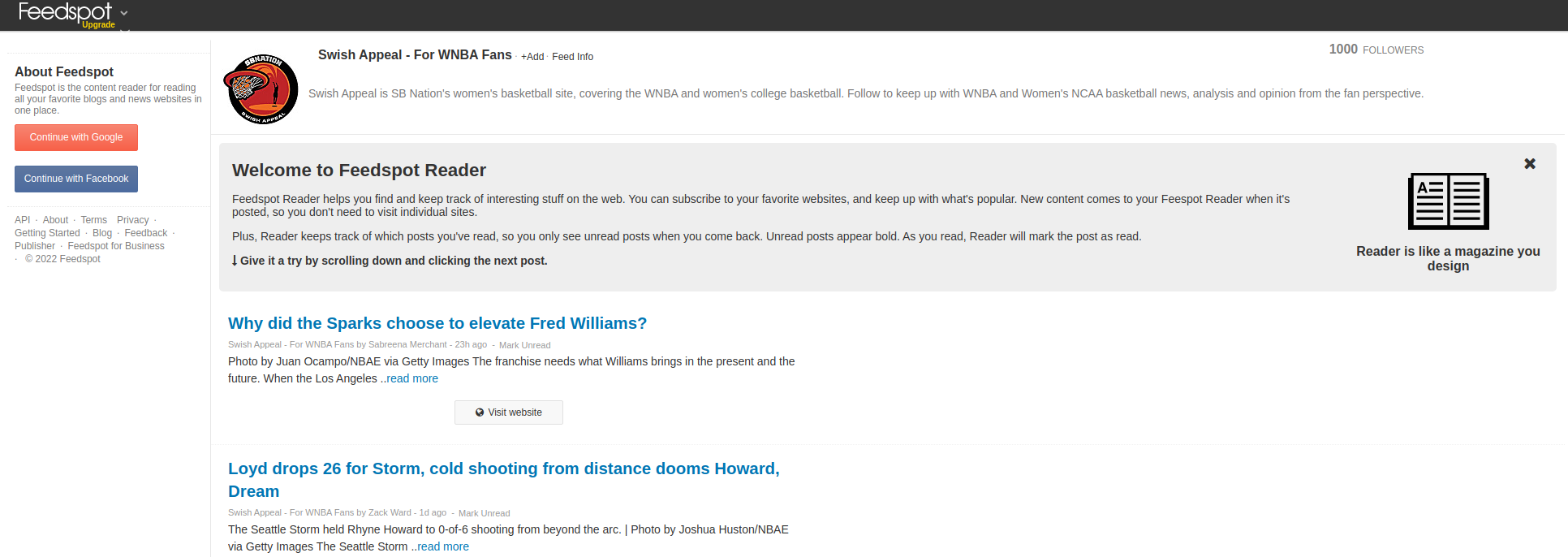In the NBA, player statistics play a crucial role in evaluating performance. One commonly used metric is Usage Rate, which measures how much a player controls the offense while they are on the floor. Understanding and calculating Usage Rate is essential for fans, analysts, and coaches to assess a player’s involvement in their team’s scoring opportunities.
What is Usage Rate?
Usage Rate (USG%) is a statistical measure that estimates the percentage of a team’s plays that a player uses while they are on the court. It considers key actions like field goal attempts, free throw attempts, and turnovers. A high Usage Rate means the player is heavily involved in offensive plays, while a lower rate indicates they play a more complementary role.
Typically, superstar players have a high Usage Rate because they take on a primary role in their team’s offense. Conversely, role players and defensive specialists often have a significantly lower Usage Rate.
Formula for Calculating Usage Rate
The Usage Rate formula is as follows:
USG% = 100 × (FGA + 0.44 × FTA + TOV) × (Team Minutes / 5)
/ (Player Minutes × (Team FGA + 0.44 × Team FTA + Team TOV))
Where:
- FGA = Field Goal Attempts
- FTA = Free Throw Attempts
- TOV = Turnovers
- Team Minutes = Total team minutes played (typically 240 minutes in a regulation game)
- Player Minutes = The player’s total time on the court
Breaking Down the Formula
To make sense of this formula, let’s go step by step:
- Calculate the player’s offensive possessions by adding FGA, free throw attempts weighted with a factor of 0.44, and turnovers.
- Find the total team offensive possessions using the same formula.
- Adjust for how many minutes the player has been on the floor compared to total available team minutes.
- Multiply by 100 to express the result as a percentage.
By following this approach, we get a percentage that indicates how often a player is involved in their team’s offensive plays.

Why is Usage Rate Important?
Usage Rate provides key insights such as:
- Offensive Involvement: It helps determine which players are relied upon most for scoring and playmaking.
- Team Balance: Coaches use it to assess whether an offense is too dependent on certain players.
- Player Efficiency: A high Usage Rate can indicate a player’s importance, but if they are inefficient with their shots and possessions, it may highlight issues.
Interpreting Usage Rate
Understanding a player’s Usage Rate requires context. Here’s a general guide:
- Below 15%: Typically seen in role players or defensive specialists.
- 15% – 20%: Moderate involvement, often for players who contribute within a defined role.
- 20% – 30%: Considered significant; this range includes many primary offensive players.
- Above 30%: Superstar level; reserved for players who dominate their team’s offensive plays.
Examples of High Usage Rate Players
Throughout NBA history, several players have posted exceptionally high Usage Rates. Players like Michael Jordan, Kobe Bryant, and James Harden have had Usage Rates above 30% due to their scoring and playmaking responsibilities.
For instance, in the 2016-17 season, Russell Westbrook had one of the highest Usage Rates ever recorded at over 40%, reflecting his central role in the Oklahoma City Thunder’s offense.

Limitations of Usage Rate
While Usage Rate is a valuable statistic, it does have some limitations:
- Does not account for efficiency: A high Usage Rate does not necessarily translate to effectiveness. If a player takes a lot of shots but has a poor shooting percentage, their high Usage Rate might not be beneficial.
- Ignores playmaking and defense: Some players contribute heavily through passing or defense, which is not reflected in this stat.
- Context matters: Players on weak teams may have higher Usage Rates simply because they lack offensive help, which can skew comparisons.
Final Thoughts
Usage Rate is an insightful statistic that offers a deeper understanding of a player’s offensive role in a team. While it does not paint a complete picture, combining it with other advanced stats like Player Efficiency Rating (PER) and True Shooting Percentage (TS%) can give a clearer picture of a player’s impact.
Whether you’re a basketball analyst, a fantasy basketball player, or just a passionate NBA fan, knowing how to calculate and interpret Usage Rate can enhance the way you evaluate players and their contributions to the game.
